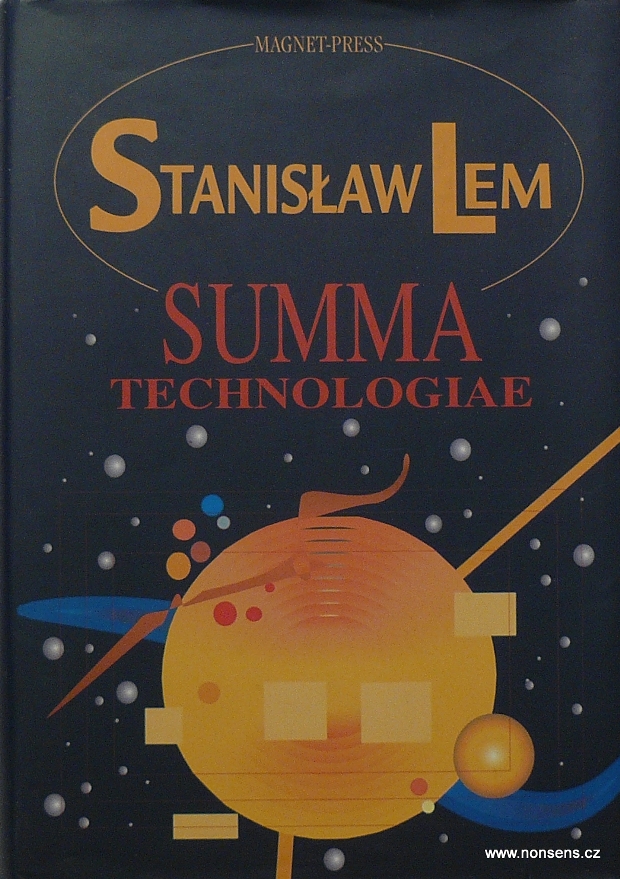Summa Technologiae book review en ru

Summa Technologiae is a collection of long-term forecasts about the future of humanity, built from an evolutionary perspective on changes in society and technology. Straight from the 1960s, written by one of the greatest science fiction writers and futurists. The book has gone through countless reprints and been translated into 41 languages. Wikipedia says that over 30 million copies have been sold.
There's a reason for such success: it's one of the most accurate portrayals of our future you can find — astonishingly accurate for the 1960s. Machine learning, virtual worlds, information wars, the trajectories of existing and yet-to-be-invented technologies, and their social and psychological implications. Lem deliberately explored civilization's development over millennia (to escape the biases of his own time), but the world has changed far more quickly, and his cautious predictions from the 1960s are already coming true.
This is neither a utopia nor a dystopia: there are no smartphones, Hollywood flights of fancy, communist romanticism, or other grotesque visions of the future. Instead of focusing on material culture, Lem concentrated on technology (in the broadest sense of the word) — on how it might evolve within physical constraints and the trends already visible in the 1960s (for instance, the increasing difficulty of searching for and verifying scientific information). This approach allowed him to predict not only the evolution of technology itself but also its social consequences with remarkable precision.
Materialist view of the world and its mutable nature threads through the entire book. In my view, author's consistent materialism is the second key to the accuracy of his predictions (together with his choice of technology as the object of his forecasts).
Of course, the book contains some outdated knowledge and assumptions, which is natural for a text more than fifty years old. But they don't detract from the essence — if anything, they add a certain charm: it's fascinating to glimpse into the worldview of people from the 1960s.
A more significant drawback is how demanding the book is. It can easily put an unprepared reader to sleep. Lem introduces a great many of his own concepts and terms (understandably when you're describing the future), and he does not shy away from long chains of reasoning and digressions. The book also assumes the reader has strong analytical skills and a broad intellectual horizon — without them, many of the book's most interesting ideas will simply go unnoticed.
At the same time, Summa Technologiae is valuable both to students and to seasoned professionals. I first read it right after graduating from university (about seven to nine years ago) and reread it this spring. Both readings proved immensely rewarding — though the second time around, my attention shifted to completely different things.
Read next
- About the book "Economics: The User's Guide"
- On the roles of function and selection in evolving systems
- Vantage on management: Hypothesis testing loop
- Two years of writing RFCs — statistics
- I am a person who…
- About the book "The Net And The Butterfly"
- Expectations from the Stargate Project
- Computational mechanics & ε- (epsilon) machines
- Vantage on management: Points of view on a product
- Vantage on management: What to read, when, and why